A Statistical Analysis of the Rilke Cryptogram
Briton Floe Foxon has published a detailed analysis of the Rilke cryptogram in a Cryptologia article.
On November 30 and December 1, a Voynich Manuscript Conference will be held for the first time in ten years. This will be held under the title “Voynich Conference 2022” by the University of Malta and will take place online. The participation fee is 50 euros.
Voynich Conference 2022
The program of the Voynich Conference 2022 is unfortunately not yet published. However, I can already reveal it: Together with Elonka Dunin I will be present with a talk.
The title of our presentation is “The Voynich Manuscript Compared with Other Encrypted Books”. Our presentation will be based on my Encrypted Book List, which now includes about 120 books. We classify these works and compare them with the Voynich Manuscript. From this we draw conclusions about the intended use and other characteristics of the manuscript. Our work is similar to that of a profiler who analyzes an unsolved crime by comparing it with other cases. Elonka even interviewed a real profiler who gave us some tips.
In advance, Elonka and I will be giving our talk online at the ICCH Forum on October 30. It’s free to attend, and I’ll be happy to send out the link upon request. Since we only have 20 minutes at the Voynich Conference, but no time limit at the ICCH forum, we will go into more detail about encrypted books in the latter.
By the way, there will be a conference volume for the Voynich Conference, in which all talks will be represented as essays of about ten pages.
Except for my own talk, I don’t know yet what will be offered at the Voynich Conference. I am very much looking forward to it.
The Rilke Cryptogram
Also on my Encrypted Book List (number 00063) is a document that blog reader Karsten Hansky gave me a few years ago. It is a copy of the book “Rainer Maria Rilke” by Gert Buchheit. The edition in question was published in 1942 by Buchmeister Verlag in Berlin, as a “One-time special edition of the headquarters of the front bookstores Paris”.
The special thing about this copy: Someone has stuck more than 30 slips of paper into the book, each with what appears to be an encrypted text written on it (I call it the “Rilke cryptogram”). Practically every free space in the book was used for this. No book text was pasted over.
More pages from the book can be seen on a page I set up for this purpose with Karsten Hansky’s help.
Thanks to numerous reader’s hints I consider the Rilke cryptogram as solved in the meantime. Unfortunately, the solution is rather banal: The Rilke cryptogram is not an encoded text, but a meaningless sequence of letters and digits that were probably used to practice Morse code. Here’s more on that.
Floe Foxon’s investigations
A few years ago, I received an email from blog reader Floe Foxon in England.
Floe told me that he wanted to examine the content of the Rilke cryptogram statistically. In this way he wanted to find out how the text was generated and whether there might be an encryption behind it after all.
In the meantime, Floe’s investigation has been published as an article with the title “A treatise on the Rilke cryptogram” in the journal Cryptologia. I am very happy about this, because this work is based on my blog publications. Mine is cited blog as the source for the cryptogram, and some of my articles are cited. Unfortunately, the Cryptologia article has a fee.
Floe’s work is extremely interesting. In almost 20 pages, many common statistical methods are applied to the text. These include frequency analysis, coincidence index, n-gram frequencies, Kasiski-Kerckhoffs analysis, and more. In addition, he compares the results to what would have been expected in terms of results for the major encoding methods.
In the end, Floe concludes that no common encryption method was used for the Rilke cryptogram. A one-time pad key also seems unlikely. Floe considers the suggestion made by me and some blog readers that this is meaningless practice material to be mostly plausible, even though such a meaningless practice text would not exactly be commonplace. It would certainly be helpful to analyze other texts of this type, but so far none are known.
In any case, I am glad to have stimulated an interesting and competent research work together with Karsten Hansky. Floe has already told me about another project he is working on. This one could also be very exciting.
If you want to add a comment, you need to add it to the German version here.
Follow @KlausSchmeh
Further reading: 2022: Ein Konferenzjahr wie noch nie
Linkedin: https://www.linkedin.com/groups/13501820
Facebook: https://www.facebook.com/groups/763282653806483/

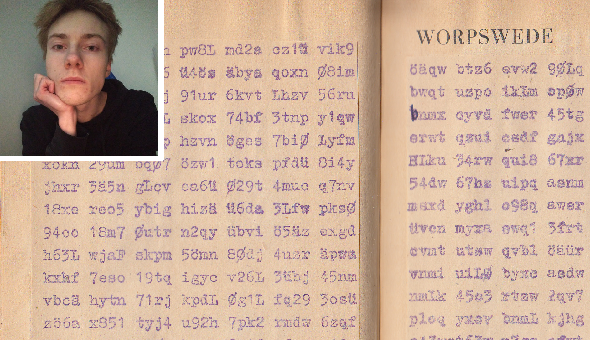
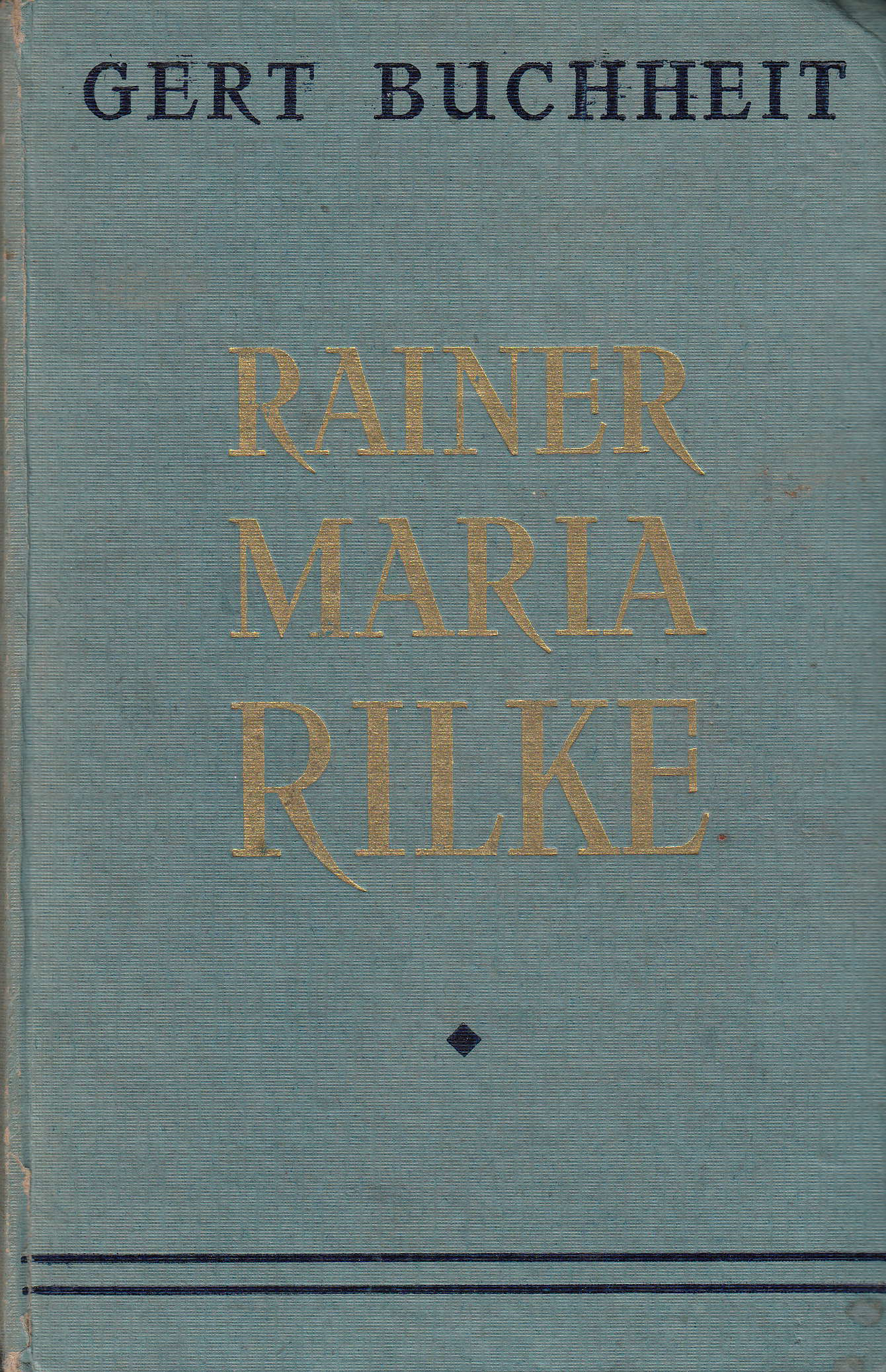
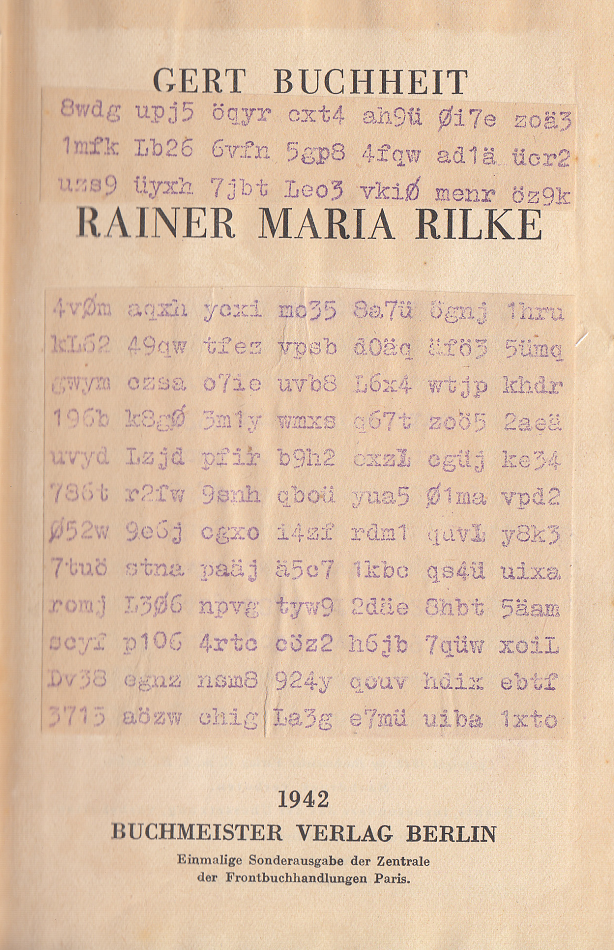
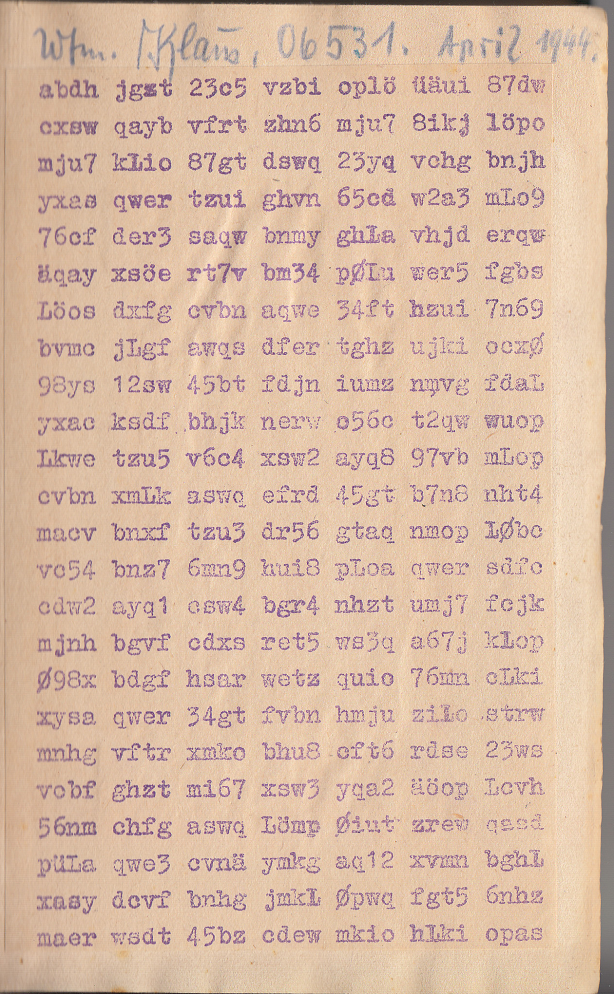

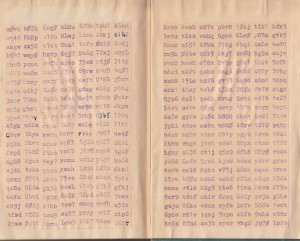
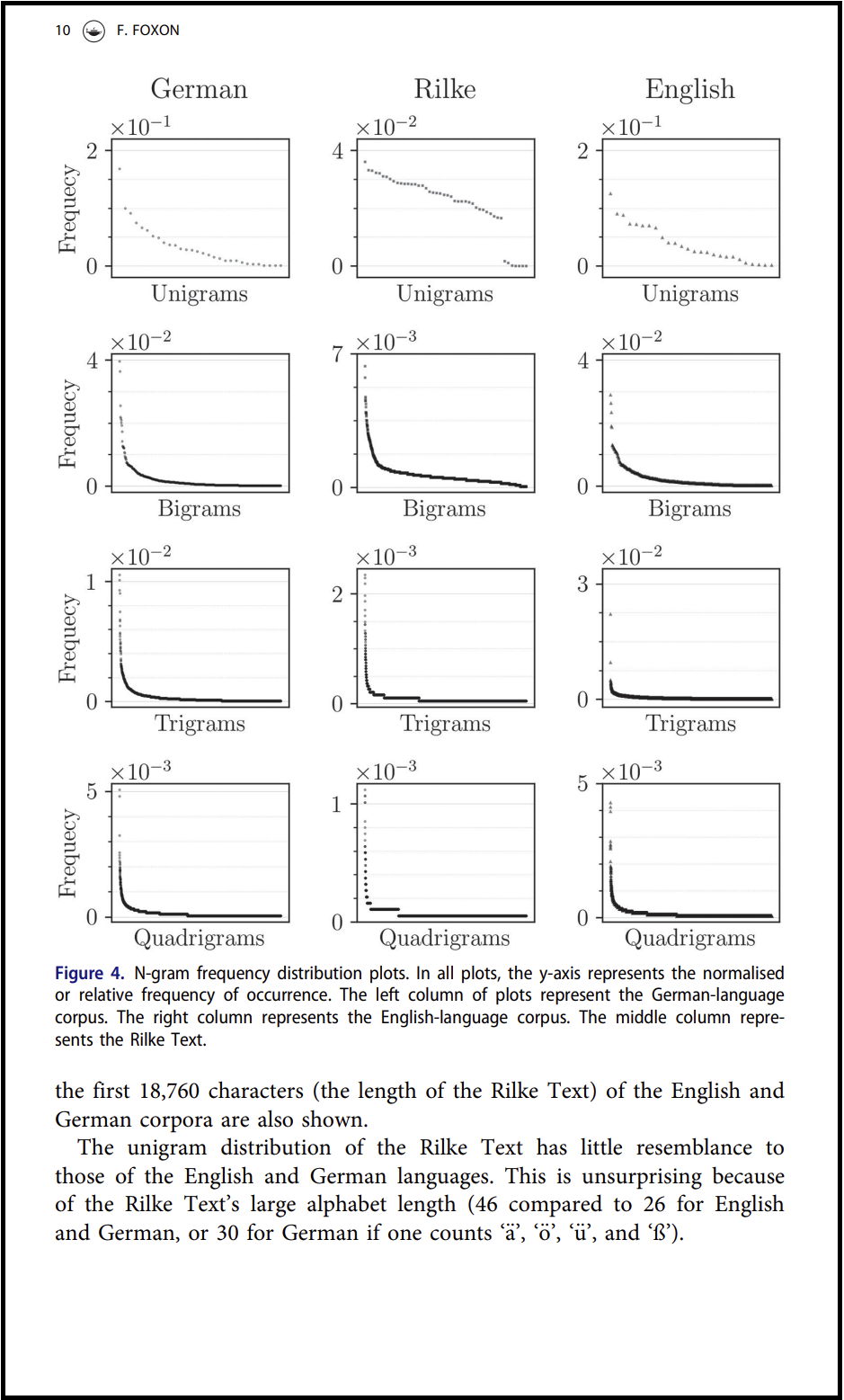

Letzte Kommentare